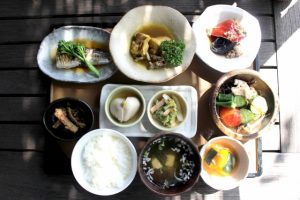Washoku vs. Yoshoku
Get the Japanese Superfood List

In the last post, I said that Japanese food didn’t always mean Washoku, and many of the Japanese dishes you might encounter in Japan were not Washoku, some of them were Yoshoku.
So, what is Yoshoku, then?
It literally means Western food or European food, but not all Western food. It is more like Western-influenced Japanese food. When meats such as beef and pork were introduced from the West after the Meiji restoration period, they were adopted into Japanese cuisine and created a new style of cuisine which was a mixture of western food and Japanese food. It was called Yoshoku since it was influenced by the West or we all thought that was what was eaten in the West. Nobody had eaten the real Western food back then and could tell the difference.
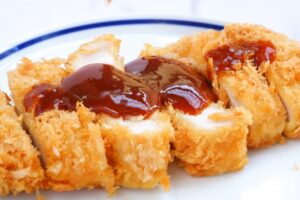
Tonkatsu. The pork cutlet is one popular Yoshoku.
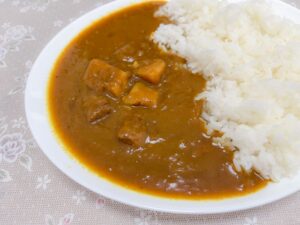
Curry and rice is another common Yoshoku.
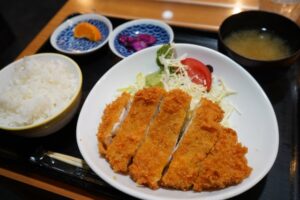
Yoshoku is usually served in a form of Teishoku which means a set meal, and it comes with a bowl of rice, miso soup, and a few small plates of pickles. It is very much influenced by Ichi Ju Sansai.
Ichi Ju Sansai is a Washoku concept and it means one soup and three dishes. When you serve Washoku it is usually served with a bowl of rice, miso soup, a small plate of pickles, and three side dishes.
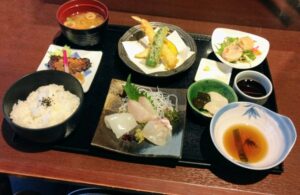
This is Teishoku in Washoku style. This one has four side dishes and they don’t always have to be three. Sometimes there are five or even seven.
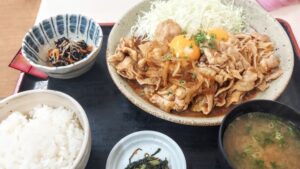
Because it is served with rice, miso soup, and pickles, Yoshoku is different from Western food, it is uniquely Japanese.
So is Yoshoku healthy?
If you want to know how different aspects of Japanese food culture(Washoku, Yoshoku, old, modern, countryside, city) influenced the health and longevity of Japanese people, please read The Ikigai Diet.

